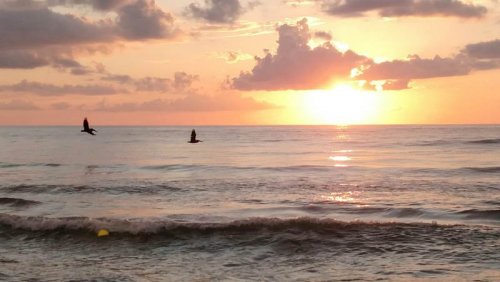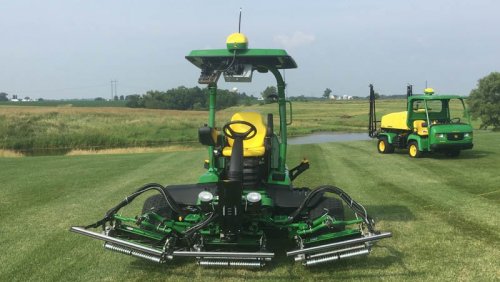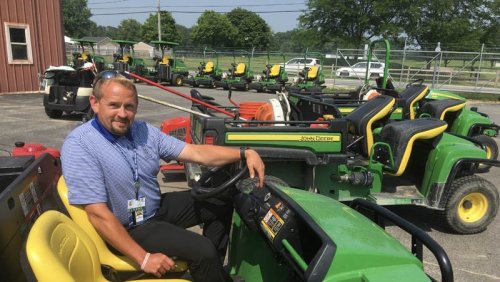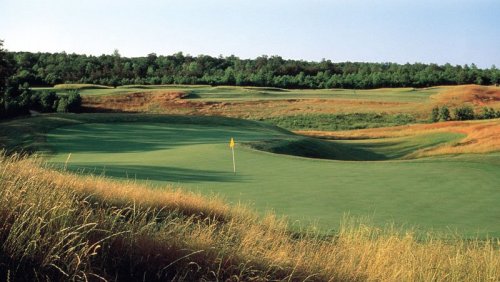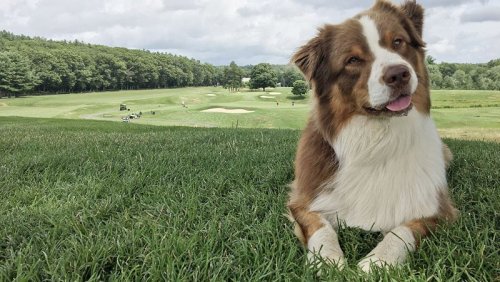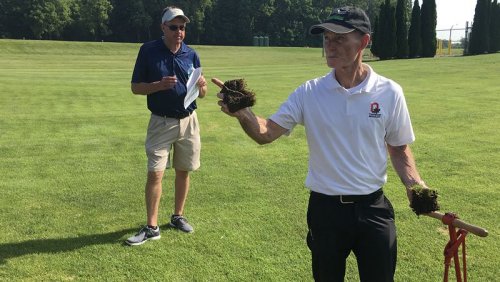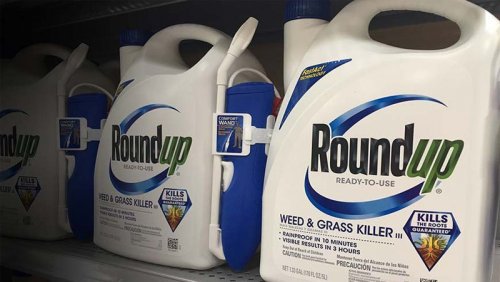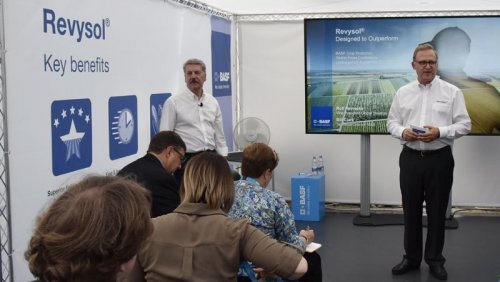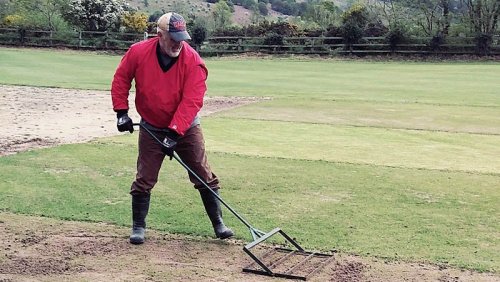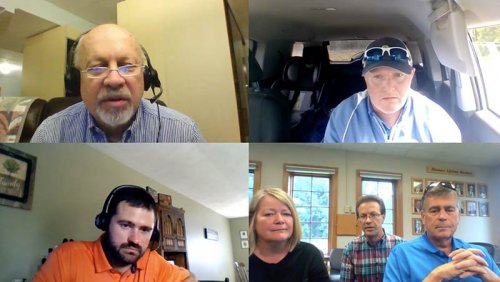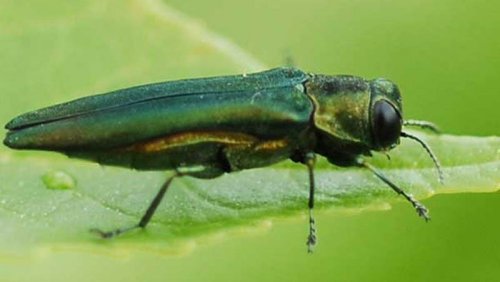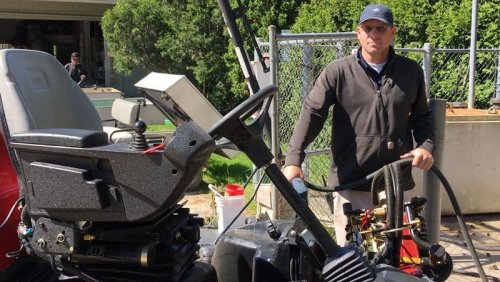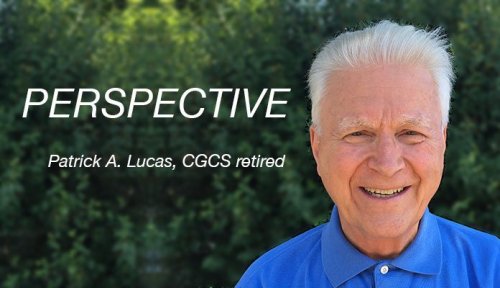
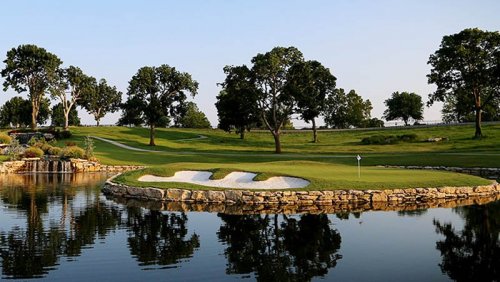
Turf breeders at Oklahoma State believe they have a solution with Tahoma 31 Bermudagrass. Released late last year, Tahoma 31 is promoted as the most cold-tolerant Bermudagrass on the market for use on sports fields and golf courses. You know that a breeder and the company that grows and markets its product believe they are onto something when the logo for a new warm-season grass features a snowflake.
Through five years of testing across the country, Tahoma 31 stood out in NTEP trials for its drought, wear and cold tolerance as well as its visual turf quality. Field tested on a few golf courses and athletic fields, it recently was installed on the Tennessee Titans practice field and next month will be put in at Razorback Stadium at the University of Arkansas in time for the 2019 college football season.
How highly anticipated is Tahoma 31? This year will be the first time the University of Arkansas has played home games on grass since 2009.
Noted for its visual turf quality and density, Tahoma 31 grows aggressively, but has a low vertical growth rate, and it can be mowed as low as 0.125.
Breeders at Oklahoma State, including Yanqi Wu, Ph.D, professor of grass breeding and genetics, have been working on Tahoma 31 since 2006. As breeders pared down a list of potential new genotypes from more than 10,000 to about 1,600 specimens, plot No. 31 performed best under grueling winter conditions in 2010 field trials, exhibiting early spring green-up and dense growth.
Field tested on golf courses in Oklahoma, Tahoma 31 also shows great potential for drought resistance, and exhibited the lowest ET rates in field trials at Oklahoma State for three consecutive years. According to Oklahoma State extension specialist Justin Moss, Ph.D., it requires up to 20 percent less water that some other Bermudagrasses.
In NTEP trials, Tahoma 31 exhibited cold tolerance that exceeded other Bermudagrasses.
Lexington, Kentucky is a transition zone location noted for some of the worst growing conditions for warm- and cool-season turf alike, and it makes the area a favorite test site for breeders, growers and seed companies. In NTEP trials at the University of Kentucky, Tahoma 31 had a lower winterkill rate than other Bermudagrasses tested.
The hybrid Bermuda system is available only as sod. Sod Production Services of Charles City, Virginia, holds the licensing rights.
- Read more...
- 8,347 views

